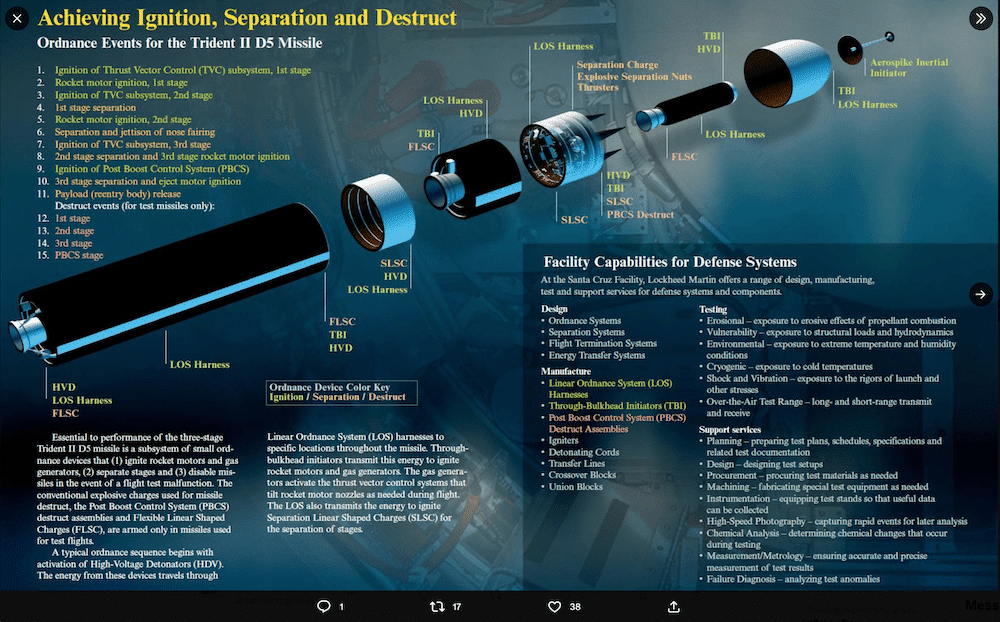People receive dozens of emails every single day, but only a small fraction of those are actually opened. So how do you make sure your emails stand out from all the rest?
This could be a killer, but the solution is personalisation. Personalised emails are one of the easiest ways to guarantee your message captures recipients’ attention quickly, enticing them to not only open it as soon as it hits their inbox, but do so every time it does, and then go only to spend a lot more too.
This guide offers what email personalisation is, why sending personalised emails is critical, and the best strategies to help you increase engagement and develop better relationships with your consumers.
What is email personalisation?
Personalisation in email marketing is a strategy marketers can use to provide subscribers with email content that is tailored toward their specific interests, creating a more customised and memorable interaction.
The expression “personalised email” is often a regurgitated definition, long since passed it’s sell-by date, which used to mean using data like their name, company, location, age etc. While still proliferating many ecommerce blogs, if this was written by someone 20 years ago it might have been reasonable. Nowadays, as technology has moved on meteorically in this field, the definition is instead:
“using dynamic data as it happens to identify the product preferences and subtle nuances that identify each individual consumer’s unique buying signals”.
This can be either imminently or longer term, all at your disposal. No two emails now contain the same content, you can use lesser email facilities for that, in predictive personalisation software – PPS, every email is unique and personal to its recipient – every time.
The highest quality personalised emails include relevant information that each individual recipient will find interesting. It should also be timely, arriving just when the recipient needs those suggestions, offers, or other information the most.To achieve this, while sounding quite simple if often the most difficult aspect and highly critical to the highest calibre of returns.
A great example of a timely email is exactly when that individual need it most. Dog food for delivery next day, when the last morsel is being served. In fashion it is the perfect match to complement brand loyalties, cut, cloth, colour, style, texture acknowledged by receipt of a product offering, exactly as your social diary dictates the demand for the perfect item for a set date.
There are certain categories that achieve so much from predictive personalisation, that they serve the additional function of reminders and problem eliminators, such as those where last months delivery is running low, like groceries, wine, shaving gear; all just before the weekend etc.
Why is email personalisation important?
Email personalisation can do a lot to strengthen your company’s brand and the relationships you have with your subscribers. Though there are many benefits to using personalised emails, here are some of the most important ways personalisation can help your email marketing efforts.
It offers the earliest capture of product sales.
If your predictive analytics algorithm identifies patters of purchases, ever refined for greater accuracy with it’s machine learning capabilities, ahead of that consumer’s actions being spotted other than on your site, even the great Google remarketing system is inhibited from letting the cat out of the bag, until after you’ve already picked, packed and despatched.
Increase open rates
It’s a simple fact that personalised emails are opened much more often than non-personalised emails. If you’re showing consumers exactly what they want, it’s obvious they would become increasingly eager to receive them. According to industry data, emails with personalised content have an open rate that’s more than 20% higher than those without it.
Increase engagement
Not only does personalising emails get recipients to open them more often — it also increases the likelihood of them actually reading your email content and clicking through. Personalised emails have been shown to produce a 139% increase in click rate compared to static ones.
Improve customer relationships
The whole purpose of sending personalised emails is to make customers and subscribers feel important, nourished and nurtured if you will. When done correctly, personalised emails should encourage your subscribers to view your business in the best possible light and increase their loyalty to your brand.
Creating strong relationships with customers raises brand awareness by increasing the likelihood of subscribers recommending you to other potential consumers, and it also makes it easier for you to target and personalise content to your current customers. When customers have good relationships with your business, they are likely to be more willing to share their data. The more data you have access to, the easier it will be to further personalise the content delivered to each person. And in today’s market, customers crave personalisation in every way possible.
Increase revenue
Not only does personalisation improve open rates and increase engagement levels, but it also leads directly to higher revenue. One report showed that the revenue gained from personalised emails is 5.7 times higher than non-personalised emails. This is a natural outcome as engagement with your content increases, leading to higher conversion rates and an increase in the number of purchases made. You may wish to read the latest personalisation statistics.
Customers want to feel that a company values them before they make a purchase. Personalising emails and their content to fit each individual are small changes to your overall email strategy, but they can have a major impact on your total revenue and the overall success of your email marketing efforts. According to the likes of McKinsey and Forrester this is as much as 20x (twenty fold increase) over not doing it, which explains why is has traditionally been the exclusive domain of enterprise clients, lest their smaller ecommerce peers find out.
How to start with ecommerce email personalisation
Many companies are trying to figure out how to incorporate email personalisation, but they often get it wrong.
Today up to 71% of customers surveyed now expect a personally catered shopping experience, and are more likely to become frustrated if they don’t get it. This makes it critical for your business to get your personalisation sorted quickly.
You make sure you have the right technology and tools in place. There are a number of different software programs that can help you collect data and then use it to create personalised experiences. But only PPS solutions, which run wholly autonomously, ensures data accuracy and zero corruption at any point.
After all, an artificial intelligence computer required no holidays, weekends or evenings off. It doesn’t need to go to the toilet or need a coffee break mid-morning. It doesn’t forget your latest products, and neither to does it ever forget the individual consumers for whom it is preparing a product selection based on that individuals own taste.
The offset for this total lack of human involvement, negates opportunity for creativity in your emails, as it is solely interested in delivering product selections. However as this drivers the highest ROI in ecommerce marketing today 20c more than everything else combined, this should not inhibit your immediate installation.
Plus it is further compensated for because it doesn’t include any personnel by the maximum GP, After all do you know how much your ecommerce staff really cost?
Conclusion
Finally, ecommerce PPS is something you can install and forget – forever. It’s an ongoing process that automatically monitors and adjusts. As your customer base changes and grows, so too do their needs and wants. Once installed you have the luxury of knowing it doesn’t need a chaperone – ever.
Further, that it is delivered to your consumers inbox negates such rigorous comparison on each product’s price too. An email stands-alone in their inbox, it doesn’t offer the opportunity for the consumer to have anything to compare it with.
It benefits from an established belief made by each individual consumer having previously purchased from you, that it is a “given” that you have already past the price comparison test, likewise quality, delivery etc. You have already won their trust hence the reason you are their preferred go to brand. .
Further practical and academic articles on ecommerce marketing are available here.
SwiftERM is a Microsoft Partner company. Click here to install your PPS now.
Article Classification






